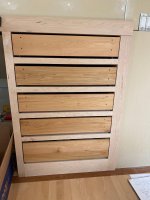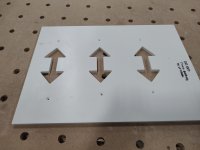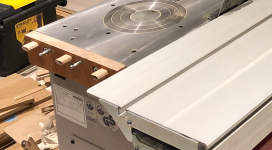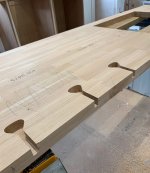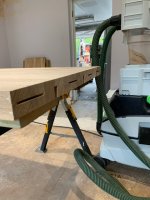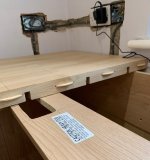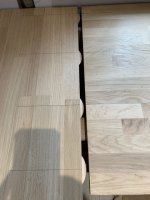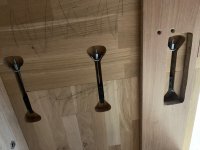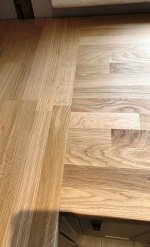CTWoodworking
Member
- Joined
- May 5, 2022
- Messages
- 1
I've watched a good dozen videos on the Festool 500 break-down connectors, but I haven't seen anyone join, for example, two boards together end-to-end to make a longer board. Specifically I have two bar-top pieces that I want to join together (the bar is supported, so it's not bearing weight), but also be able to take apart. I'm hoping I could do four or five dominos across the surface and use break-down hardware to join them together in a reversible manner. Has anyone seen this as an application and/or have harware recommendations?


